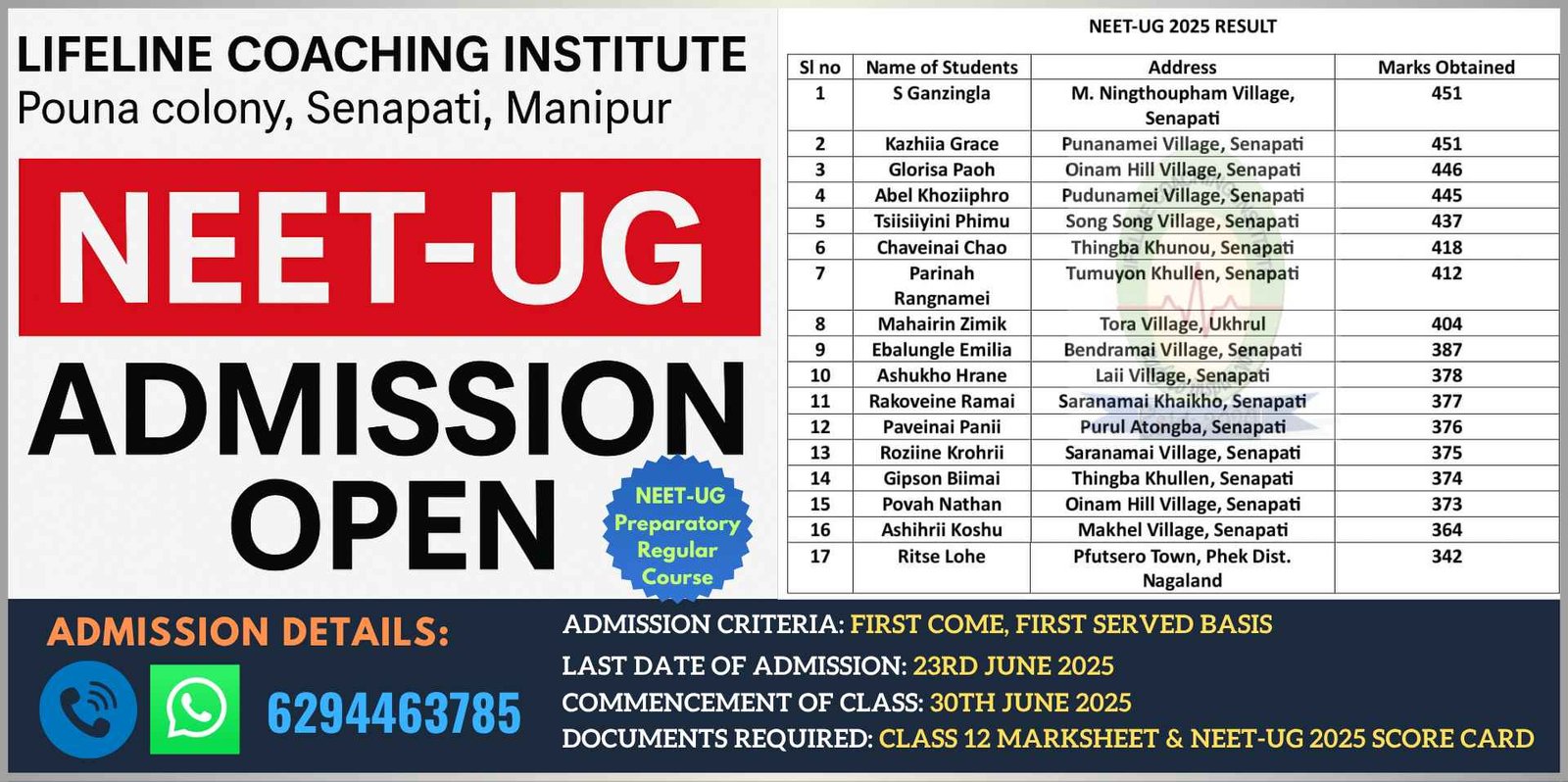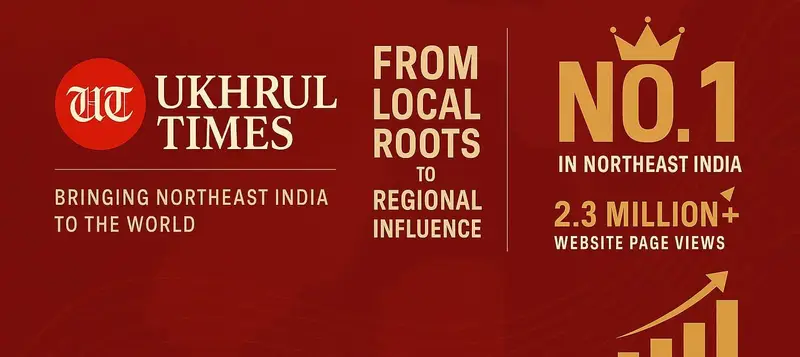Now Reading: Slacktivism and Clicktivism: Curse for Naga Political Movement
-
01
Slacktivism and Clicktivism: Curse for Naga Political Movement
Slacktivism and Clicktivism: Curse for Naga Political Movement

THE POLITICAL struggle of the Naga people has been one of the longest-running conflicts in South Asia, deeply rooted in historical grievances, self-determination, and a quest for sovereignty. For decades, the Naga political movement has been characterised by armed resistance, diplomatic negotiations, grassroots mobilisation, and sustained political engagement. However, in the digital age, a new form of activism- slacktivism and clicktivism- emerged, threatening to dilute the essence of the Naga movement. These modern modes of engagement, often limited to liking, sharing, or commenting on social media, risk substituting meaningful action with performative support. While digital platforms have amplified awareness of the Naga cause, slacktivism and clicktivism have arguably weakened the effectiveness of collective action, reduced political engagement to passive online participation, and fostered a false sense of activism. This piece examines how these digital trends act as a curse for the Naga political movement, analysing their implications for mobilisation, legitimacy, and long-term impact.
The Evolution of Naga Political Struggle
The Naga political movement has its roots in colonial-era resistance, gaining momentum after India’s independence in 1947. The Naga National Council (NNC) declared independence a day before India’s independence, setting the stage for a protracted struggle against Indian state authority. Over the years, the movement evolved through various forms, including armed resistance led by the Naga insurgent groups such as the National Socialist Council of Nagaland (NSCN) factions and diplomatic negotiations that culminated in the signing of the 2015 Framework Agreement between the Government of India and the NSCN-IM. The movement has now seen deep fractures due to internal divisions, ideological shifts, and the influence of external actors. Throughout this history, active grassroots participation, negotiations, and physical mobilisation have been crucial elements in sustaining the struggle. However, with the advent of digital activism, there has been a paradigm shift in engagement, raising concerns about the dilution of meaningful activism.
Opinion | A Call for Tangkhul Renaissance: Beyond Festivals and Feasts
Slacktivism and Clicktivism: An Illusion of Engagement
Slacktivism, a term derived from ‘slacker’ and ‘activism,’ refers to minimal-effort online activism that provides individuals with a sense of participation without necessitating real action. Clicktivism, similarly, refers to digital engagement through clicks; signing online petitions, sharing posts, or changing profile pictures as a form of protest. While these actions create visibility, they rarely translate into substantive political outcomes.
In the context of the Naga movement, social media platforms such as Facebook, WhatsApp, X, and Instagram have become arenas for discourse, but they often reduce activism to symbolic gestures. Many Naga youth and supporters of the movement engage in online debates, create hashtags, and circulate petitions but fail to participate in offline political processes. This phenomenon fosters a culture where digital expression is mistaken for tangible resistance. Unlike past decades, where activism required physical presence, mobilisation, and political organising, contemporary digital activism allows individuals to express solidarity without taking meaningful risks.
Depoliticisation of the Naga Cause
The shift from grassroots activism to online engagement has contributed to the depoliticisation of the Naga cause. In the past, political consciousness was nurtured through direct involvement in movements, engagement with political leaders, and participation in community-based initiatives. However, with digital activism dominating the discourse, there is a growing detachedness from the core issues. Many individuals now rely on social media posts and curated narratives rather than engaging with primary sources, political literature, or historical accounts.
This superficial engagement leads to a misrepresentation of the movement, reducing it to trendy slogans and fragmented discussions that lack depth. Additionally, misinformation and a lack of nuanced debates on digital platforms further complicate the discourse, leading to confusion among younger generations who may not have access to grassroots-level insights. The ease of sharing information online also results in the oversimplification of complex political realities, diminishing the depth of engagement needed to drive real change.
The Decline of Grassroots Mobilisation
The Naga political movement historically relied on grassroots mobilisation, where communities collectively organised protests, engaged in negotiations, and participated in political education. Digital activism, however, has largely replaced such forms of engagement, leading to a decline in physical mobilisation. Unlike previous generations who took to the streets, held meetings, and engaged in direct political action, today’s youth are more likely to engage in ‘armchair activism,’ expressing opinions online without physically contributing to the movement.
Moreover, governments and political entities often take online activism less seriously than direct action. While social media campaigns can bring temporary attention to the Naga issue, they lack the pressure and sustained impact that traditional activism offers. Online activism, unless supplemented with real-world action, risks making the Naga movement appear passive and ineffective, reducing its ability to challenge state narratives and policies effectively.
Also read | Book titled “Northeast Region in the Context of Indian Nationhood” Released
Surveillance and Digital Policing
Another significant drawback of clicktivism is the vulnerability of digital activism to government surveillance and repression. Online discussions, posts, and digital campaigns leave digital footprints that authorities can easily track. Governments and intelligence agencies have increasingly monitored social media activities to suppress dissent, making online activism a double-edged sword. The Indian state, for instance, has implemented strict surveillance measures that can criminalise online expressions of dissent.
This has resulted in self-censorship among activists, who fear reprisals such as arrests under draconian laws. Unlike traditional activism, where anonymity and collective action offer some protection, digital activism exposes individuals to greater risks without necessarily yielding effective results. This raises concerns about whether online activism truly serves the Naga cause or merely exposes its supporters to increased state scrutiny.
Hybrid Model of Activism
Despite its shortcomings, digital activism is not entirely futile. It has enabled the global diaspora to stay informed about the Naga struggle and has amplified voices that would otherwise remain unheard. However, the challenge lies in integrating online activism with offline efforts. The Naga political movement must adopt a hybrid model where digital platforms serve as tools for awareness while real-world activism remains central to political engagement.
Also read | Galo Tribe of Arunachal Pradesh
One way to achieve this is through strategic digital mobilisation, where online campaigns are backed by physical actions such as protests, policy lobbying, and community-led initiatives. For example, digital petitions should be supplemented with direct representations to policymakers, and social media discourse should lead to real-world discussions and actions. The movement should also focus on educating the youth beyond social media, ensuring that they understand the historical and political intricacies of the Naga struggle rather than engaging in superficial online activism.
Conclusion
Slacktivism and clicktivism have undeniably transformed activism, but their impact on the Naga political movement has been largely detrimental. While digital platforms have provided visibility, they have also fostered passive engagement, disunity, depoliticisation, and a decline in grassroots mobilisation. The overreliance on online activism risks turning the movement into a symbolic rather than a substantive struggle. To counter this trend, the Naga movement must prioritise real-world activism, ensuring that digital engagement complements rather than replaces traditional forms of resistance. Only through a combination of digital and grassroots strategies can the movement maintain its momentum and achieve its long-term political objectives. The future of the Naga struggle depends on reclaiming the essence of active participation, ensuring that its fight for self-determination is not reduced to mere digital expressions but is sustained through real-world action and commitment.
Pamreihor Khashimwo is a research scholar based out of Delhi. He may be reached at khashimwo.jnu@gmail.com
(The opinions expressed in this article are those of the authors and do not necessarily reflect the views of Ukhrul Times. Ukhrul Times values and encourages diverse perspectives.)
Opinion | Will the Nagas Accept Border Fencing?
















